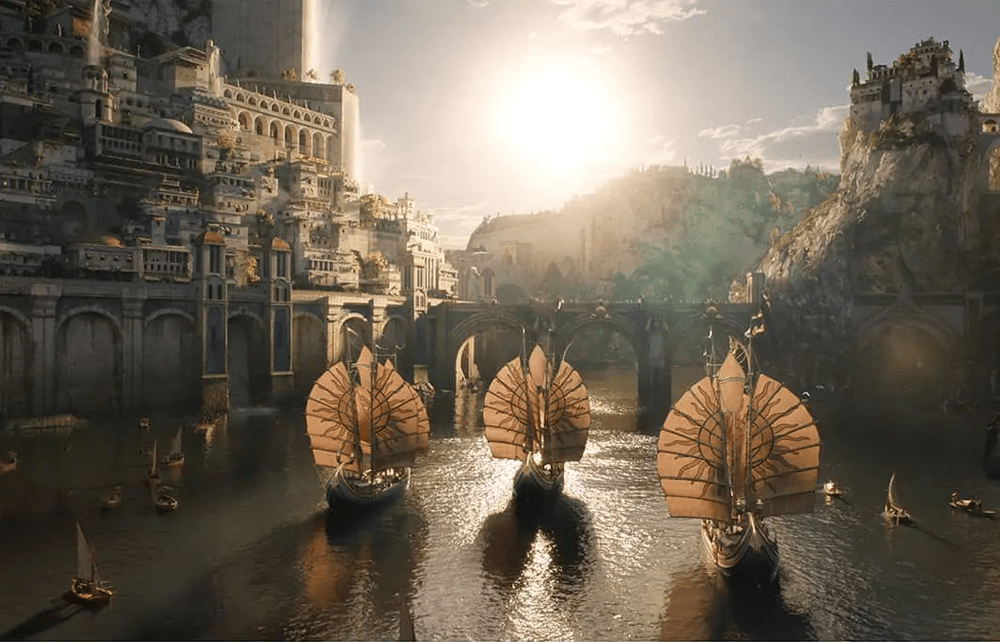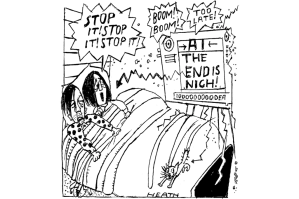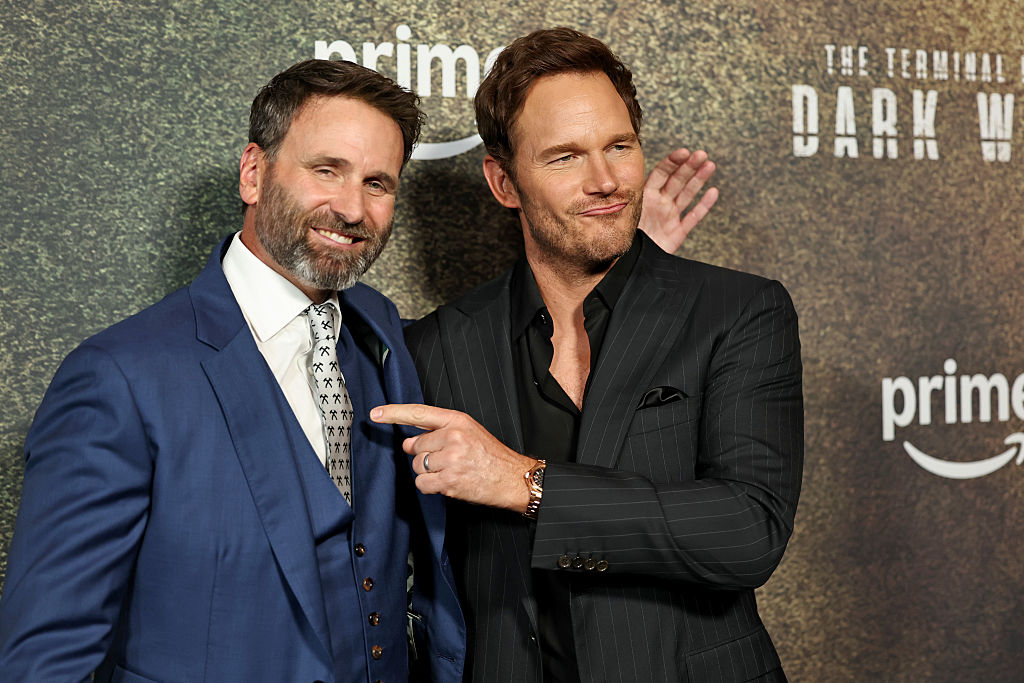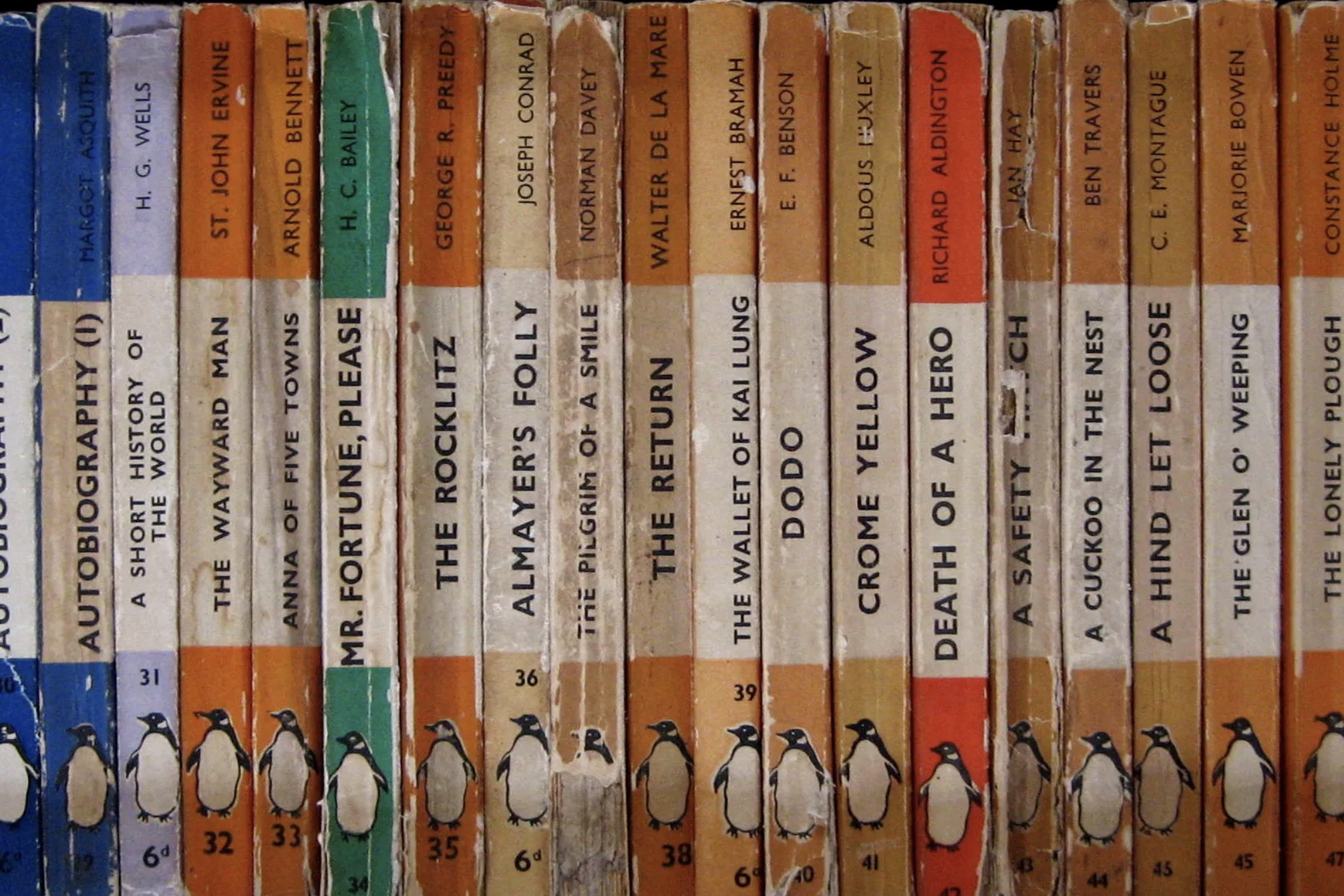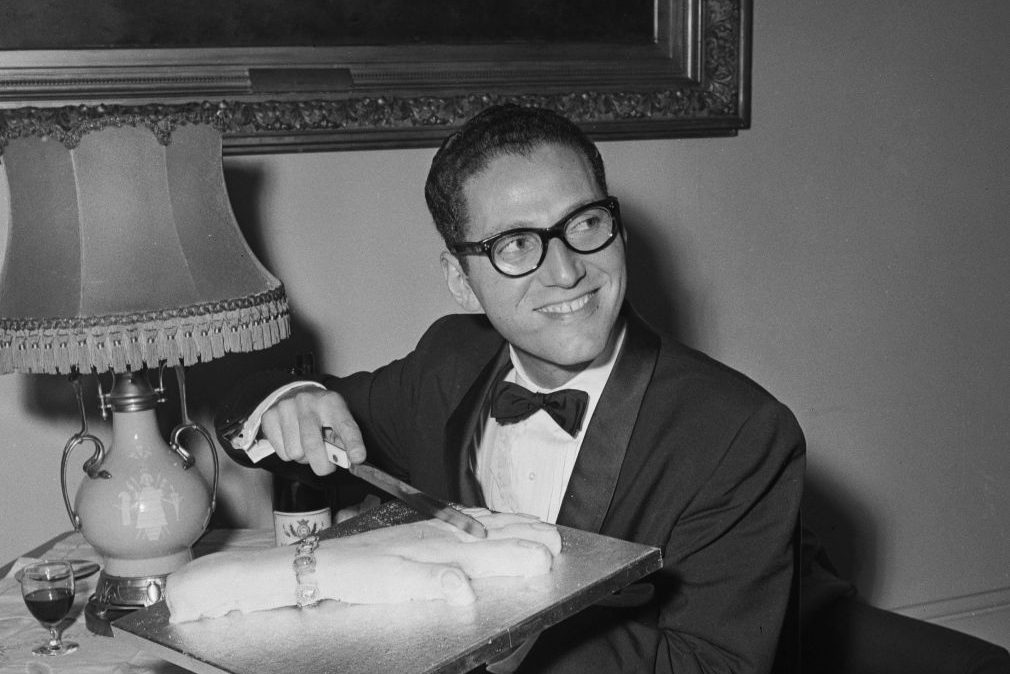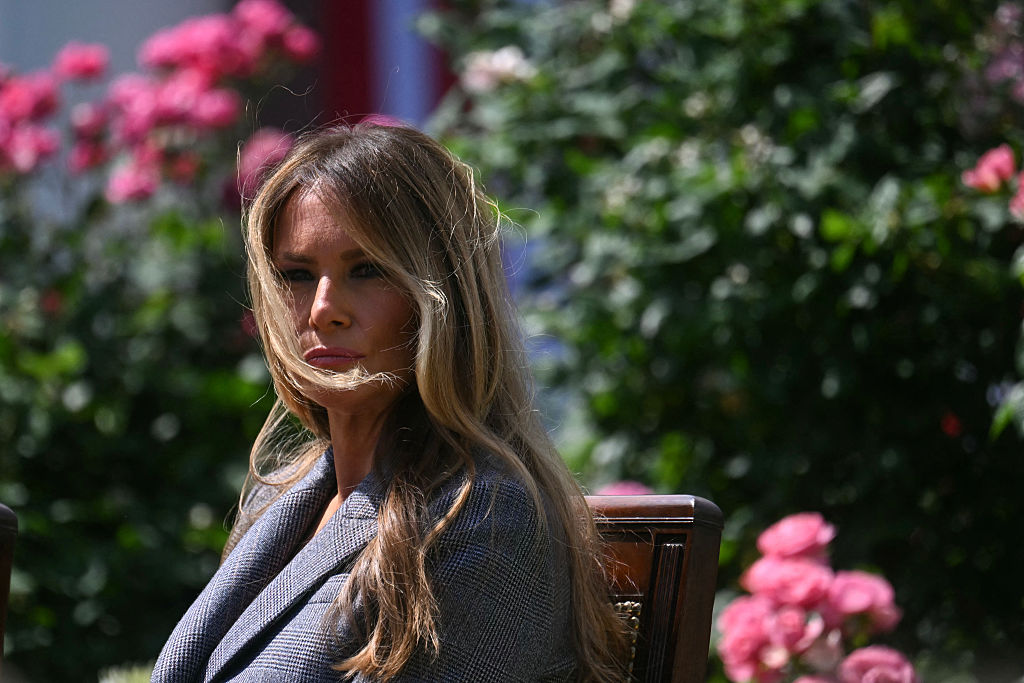Amazon’s much-heralded Tolkien prequel The Lord of the Rings: The Rings of Power began by answering a question that has puzzled humankind — and possibly elves — these many millennia. Why is it that a ship floats and a stone doesn’t? The reason apparently is because “a stone sees only downward,” whereas a ship has “her gaze fixed upon the light that guides her.”
And this, I’m afraid, set the tone for much of the dialogue that followed in the two episodes released so far — as, to their credit, the characters managed to exchange an endless series of ponderous aphorisms without giggling. So it was that we learned how “the wine is sweetest for those in whose bitter trials it has fermented”; how “the same wind that seeks to blow out a fire may also cause it to spread”; and, more pithily, how “there can be no trust between hammer and rock.”
On the plus side, any pedants watching will have been delighted by the scrupulous observance of old-school linguistic rules. There was, for example, no sloppy use of objective pronouns (“No one yearns for home more than I”), a deep if sometimes effortful commitment to not ending a sentence with a preposition and even the widespread avoidance of anything so vulgar as an abbreviating apostrophe in phrases like “I cannot.” Unfortunately, however, that only added to the sense of a show creaking under the weight of its own solemnity.
As you probably know by now, The Rings of Power is the most expensive TV series ever made. Although if you didn’t, it wouldn’t have been hard to guess, given how assiduously the program kept drawing attention to the fact, underlining every admittedly spectacular cityscape and aerial shot with wildly swelling choral music.
So, you might be wondering, what about the plot? Well, there’s quite a lot of that too. Leading the way is Galadriel (Morfydd Clark) who, centuries before she became a wise immortal queen, was a wise immortal kick-ass heroine, able to take out a snow-troll with a few showy twirls of her sword, and unfashionably convinced that the threat from Sauron hasn’t gone away. Further down the social scale a village of harfoots — whose accents, after an initial burst of all-purpose rustic, settled down into the kind of stage-Irish normally accompanied by shillelaghs — have spotted strange portents in the sky. A group of folks in mad hats are being menaced by monsters. Oh yes, and a top Elven designer is working on what appears to be some sort of ring…
No doubt the program’s undeniable professionalism will ensure that these elements come together. Yet, after these two hours of mostly self-regarding spectacle, I can’t pretend I’m massively intrigued as to how. Granted, there are occasional quieter moments. But even these are buried beneath so many layers of costume and set design that the cast are often forced to take refuge in the trusty old tactic of hamming it up and hoping for the best. And all the time, that central problem remains: that if The Rings of Power were to go on a dating website, one attribute it could never claim for itself is GSOH.
This article was originally published in The Spectator’s UK magazine. Subscribe to the World edition here.



